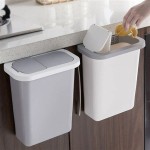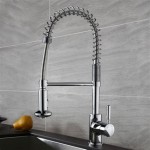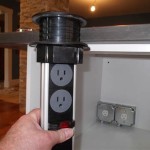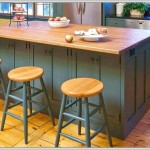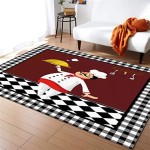Stand-alone cabinetry is an excellent option for kitchen design. Stand-alone cabinets are self-contained units that are not connected to other kitchen cabinetry or appliances. They can be used to add storage and organization to a kitchen, and they can also be used to create a unique aesthetic in the room. Stand-alone cabinetry is a great way to add a touch of style and personality to any kitchen. In this article, we’ll explore the different types of stand-alone cabinetry, the advantages of using them, and some design tips to help you create the perfect look for your kitchen.
Types of Stand-Alone Cabinetry
There are many different types of stand-alone cabinetry available for kitchen design. Here are some of the most popular options:
- Base Cabinets – Base cabinets are the most common type of stand-alone cabinetry. They are usually placed beneath the countertop and offer additional storage space for items such as pots and pans, dishes, and other kitchen necessities. They come in a variety of sizes and styles and can be used to create a unique look in the kitchen.
- Wall Cabinets – Wall cabinets are another type of stand-alone cabinetry. They are typically mounted to the wall and can provide extra storage space for items such as spices, cookbooks, and other kitchen necessities. They are available in a variety of sizes and styles, and can be used to create a unique aesthetic in the kitchen.
- Island Cabinets – Island cabinets are stand-alone cabinets that are typically placed in the middle of the kitchen. They can provide extra storage space, as well as additional countertop space for food preparation and cooking. They are available in a variety of sizes and styles and can be used to create a unique look in the kitchen.
Advantages of Stand-Alone Cabinetry
Stand-alone cabinetry has many advantages that make it a great choice for kitchen design. Here are some of the benefits of using stand-alone cabinetry:
- Versatility – Stand-alone cabinets are highly versatile and can be used to create a variety of looks in the kitchen. They can be used to add storage and organization to the kitchen, and they can also be used to create a unique aesthetic in the room.
- Customization – Stand-alone cabinets can be customized to fit any space. They come in a variety of sizes and styles, so you can easily find the perfect cabinet for your kitchen.
- Cost – Stand-alone cabinets are usually less expensive than other types of cabinetry, making them an affordable option for kitchen design.
Design Tips for Stand-Alone Cabinets
When using stand-alone cabinets in your kitchen design, there are some tips to keep in mind to ensure the best look. Here are some design tips to help you create the perfect look for your kitchen:
- Choose a Color Scheme – When selecting stand-alone cabinets, it’s important to choose a color scheme that will work with the rest of the kitchen design. Select colors that will complement the walls and other elements in the room.
- Consider the Size – Stand-alone cabinets come in a variety of sizes, so it’s important to consider the size of the cabinets relative to the size of the kitchen. Make sure that the cabinets you choose are not too large or too small for the space.
- Mix and Match – Stand-alone cabinets can be mixed and matched to create a unique look in the kitchen. Consider mixing different sizes and styles of cabinets to create a one-of-a-kind design.
- Choose the Right Hardware – The hardware you choose for your stand-alone cabinets will have a big impact on the overall look of the room. Choose hardware that complements the cabinets and other elements in the room.
With these tips, you can easily create a beautiful and unique kitchen design with stand-alone cabinets. Stand-alone cabinetry is an excellent option for kitchen design, and it can help you create the perfect look for your kitchen.















Related Posts


